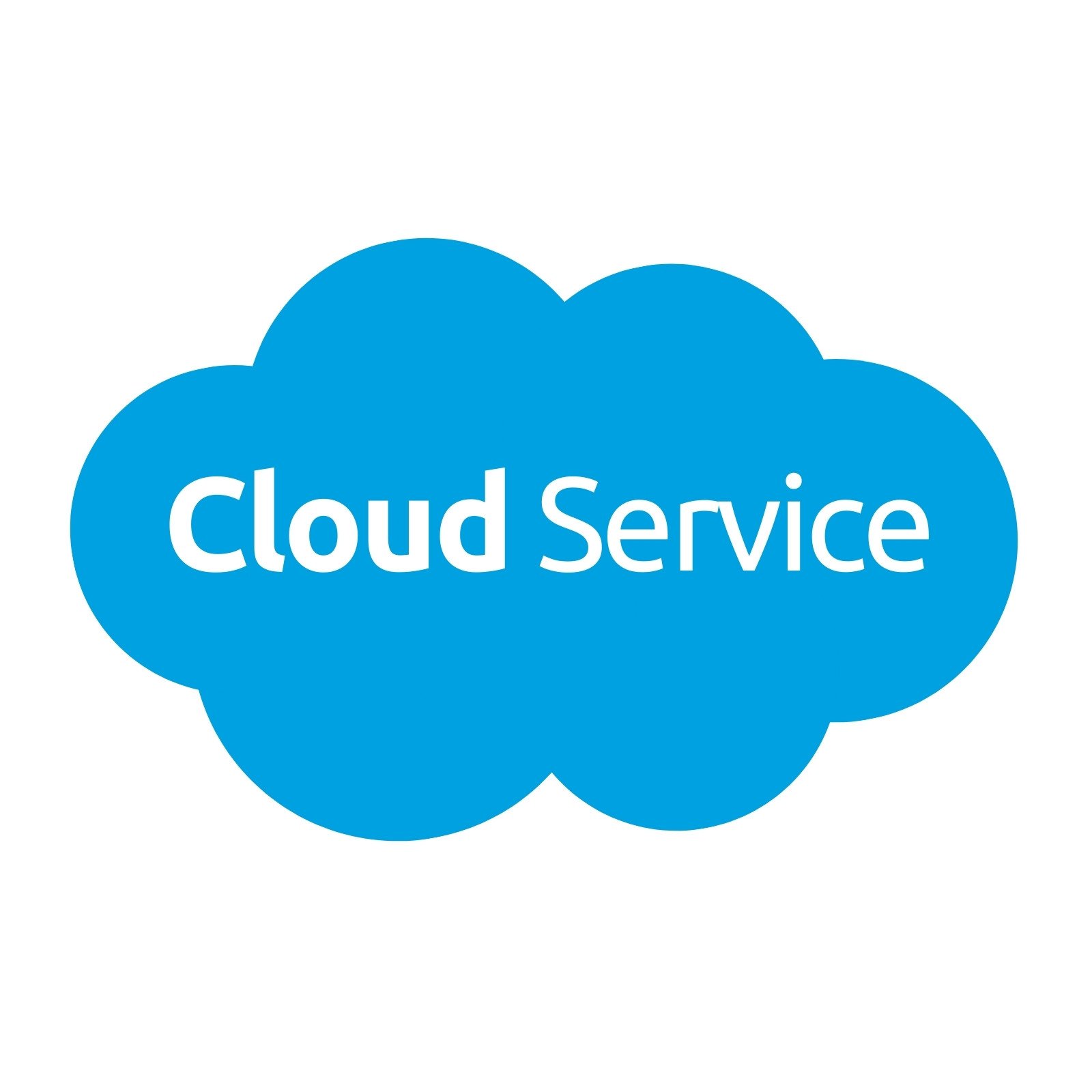Drive Development: Using the Power of Cloud Services
In the hectic landscape of modern organization, taking advantage of the power of cloud solutions has come to be a critical component for companies aiming to drive technology and maintain a competitive side. The capacity to range sources dynamically, embrace sophisticated modern technologies seamlessly, and improve growth procedures successfully can dramatically impact a company's capability to introduce and adjust. As we explore the complex relationship between cloud solutions and advancement, fascinating understandings on how cloud services reinvent conventional service techniques and lead the way for groundbreaking improvements will be disclosed.
Benefits of Cloud Services
Cloud solutions provide various advantages to people and companies looking for adaptable and effective remedies for their digital requirements. Among the essential benefits of making use of cloud solutions is the cost-effectiveness they provide. By relocating to the cloud, companies can eliminate the requirement for pricey on-premises equipment and upkeep prices, rather opting for a pay-as-you-go version that lines up with usage. This scalability enables companies to adjust resources based on demand, causing optimum cost administration.
Moreover, cloud services improve accessibility and cooperation among groups. With data kept in the cloud, employees can securely access data and applications from anywhere with an internet link, promoting remote job abilities and improving performance. Real-time collaboration attributes make it possible for multiple users to work with papers concurrently, cultivating seamless teamwork despite physical area.
An additional advantage of cloud solutions is the enhanced data protection and calamity recuperation they offer. Cloud providers apply advanced security procedures to safeguard data from cyber hazards, ensuring conformity with sector regulations. Additionally, automatic backups and recovery services minimize the threat of information loss due to unforeseen events, offering peace of mind to users.
Cloud Movement Strategies
Transitioning to shadow services entails precise preparation and tactical execution to guarantee a effective and smooth migration procedure. There are numerous cloud migration strategies that companies can think about when moving their procedures to the cloud. The 'Replatform' method includes making some cloud optimizations throughout movement, such as updating the application style to take advantage of cloud-native functions.
Enhancing Cooperation in the Cloud
Enhancing group cooperation with cloud-based devices can considerably increase performance and simplify interaction within companies. By leveraging cloud services, groups can function with each other seamlessly regardless of their physical locations, allowing real-time collaboration on projects. Cloud-based interaction devices such as Slack, Microsoft Teams, or Google Work area give a central system for staff member to share data, exchange concepts, and coordinate tasks effectively. These devices offer features like immediate messaging, video clip conferencing, data sharing, and task monitoring, improving team effort and reducing dependence on conventional communication techniques like emails.

Security Considerations for Cloud Adoption
Just how can organizations ensure the robust security of their information when taking on cloud solutions? Safety factors to consider are critical in the adoption of cloud services. To protect information, organizations should initially carry out a detailed danger analysis to recognize potential vulnerabilities and threats. Applying strong security techniques for information both en route and at remainder is important. Accessibility control mechanisms must be placed in place to restrict unapproved entry, and multi-factor authentication can add an extra layer of safety. Regular security audits and surveillance of the my blog cloud environment aid in spotting and minimizing any type of safety breaches promptly.

Cloud-Native Innovation Practices
In the world of cloud computer, accepting cloud-native development practices is imperative for companies striving to optimize their digital framework and enhance operational performance. Cloud-native innovation methods entail establishing applications specifically for cloud settings, leveraging the scalability, versatility, and agility that cloud solutions use. By designing applications with cloud-native concepts in mind, such as microservices style, containerization, and orchestration, companies can improve their development procedures, improve source utilization, and react better to transforming market demands.
Furthermore, cloud-native innovation methods advertise constant combination and continual shipment (CI/CD) pipes, allowing automated screening, implementation, and surveillance of applications. This iterative approach fosters faster advancement cycles and enhances general software application high quality. In addition, making use of serverless computer and took care of solutions allows organizations like it to concentrate on creating core company functionalities while offloading framework administration jobs to cloud service carriers.
In essence, accepting cloud-native technology practices encourages companies to drive technology, increase time-to-market, and remain competitive in today's quickly evolving electronic landscape.
Conclusion

As we explore the complex relationship between cloud services and advancement, interesting insights on exactly how cloud options reinvent traditional business methods and pave the means for groundbreaking advancements will be exposed. - Cloud Services
There are numerous cloud migration techniques that organizations can consider when relocating their procedures to the cloud. Cloud-native technology practices involve developing applications particularly for cloud environments, leveraging the scalability, adaptability, and dexterity that cloud services use. Furthermore, the usage of serverless computing and took care of solutions allows companies to focus on establishing core service capabilities while unloading infrastructure administration jobs to shadow service suppliers.
It is vital for firms to take into consideration cloud migration approaches, enhance partnership in the cloud, and focus on safety and security steps to make sure effective fostering of cloud services and drive advancement within their company.